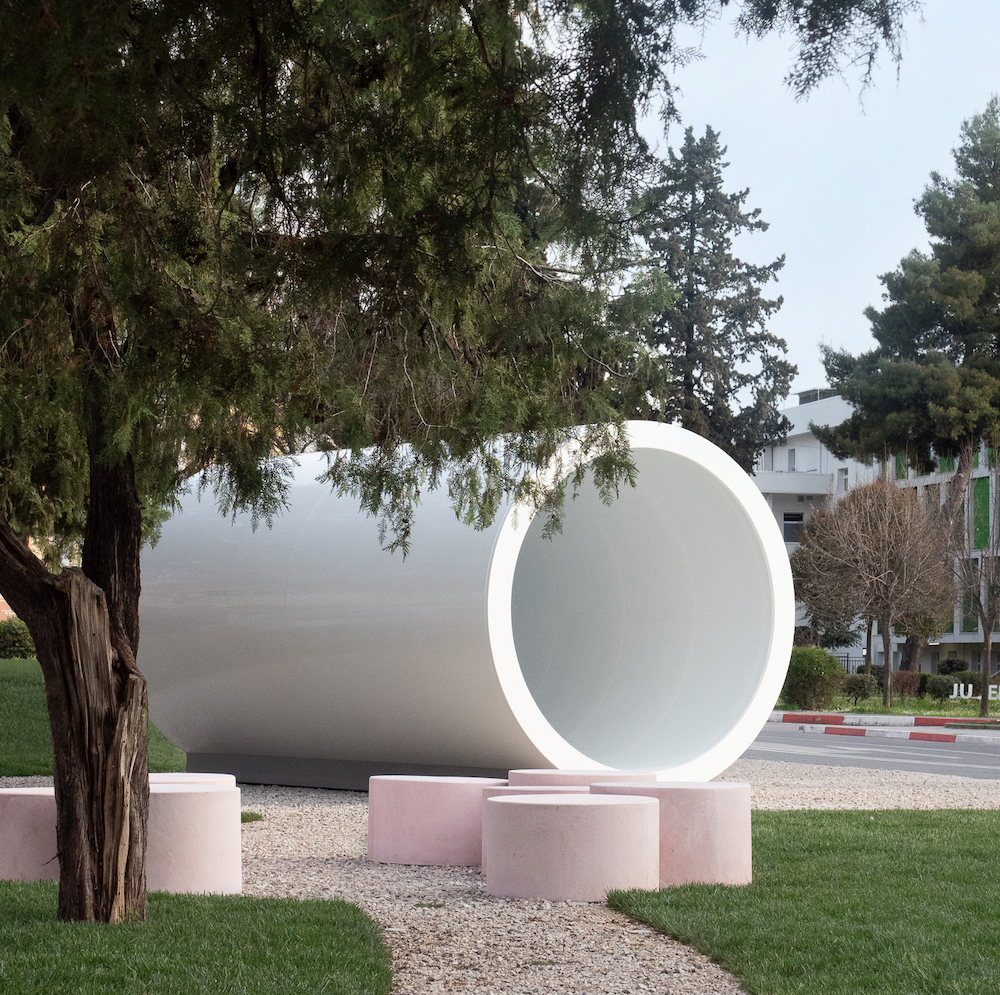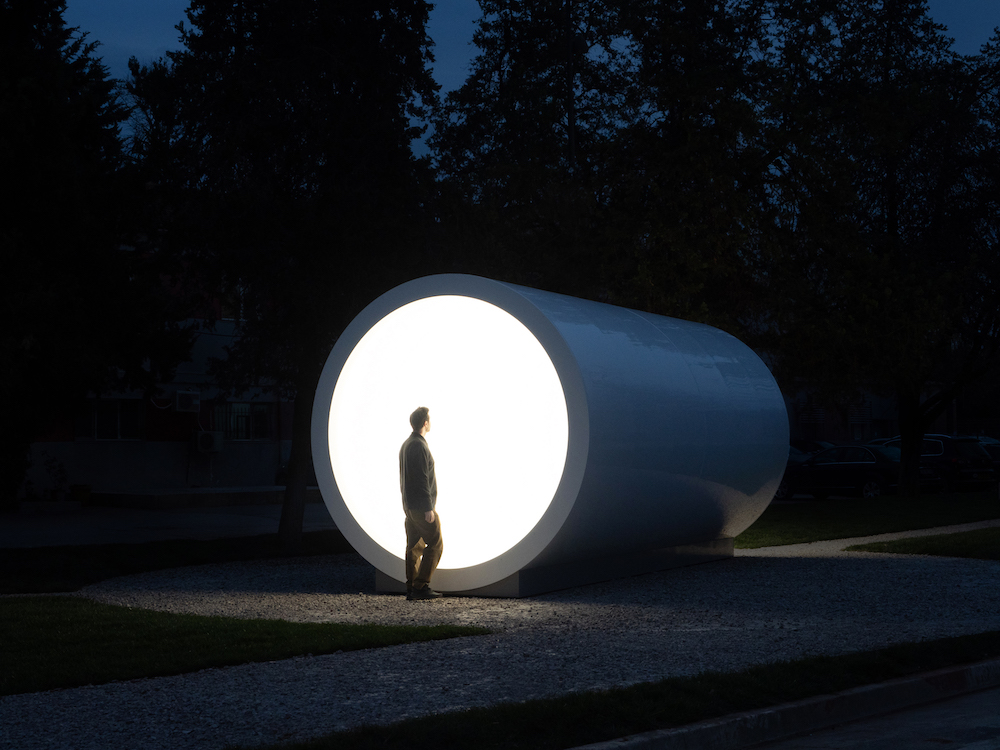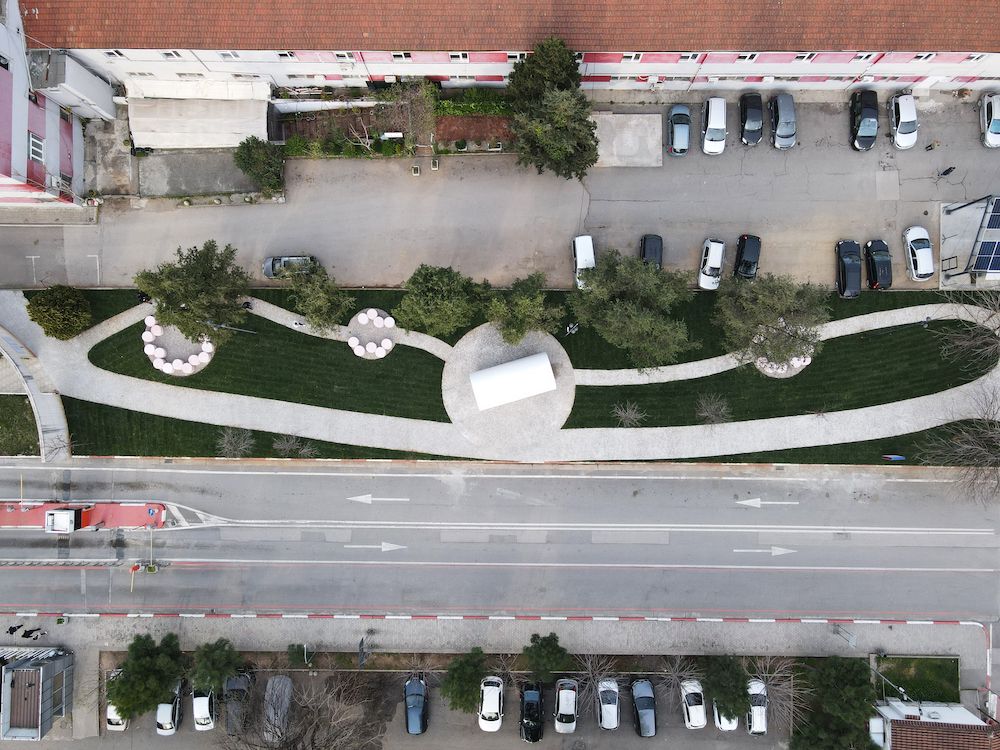Search
To search for an exact match, type the word or phrase you want in quotation marks.
A*DESK has been offering since 2002 contents about criticism and contemporary art. A*DESK has become consolidated thanks to all those who have believed in the project, all those who have followed us, debating, participating and collaborating. Many people have collaborated with A*DESK, and continue to do so. Their efforts, knowledge and belief in the project are what make it grow internationally. At A*DESK we have also generated work for over one hundred professionals in culture, from small collaborations with reviews and classes, to more prolonged and intense collaborations.
At A*DESK we believe in the need for free and universal access to culture and knowledge. We want to carry on being independent, remaining open to more ideas and opinions. If you believe in A*DESK, we need your backing to be able to continue. You can now participate in the project by supporting it. You can choose how much you want to contribute to the project.
You can decide how much you want to bring to the project.

From antiquity to the contemporary era, public sculptures have historically symbolized authority and power, used by leaders and governments to project their ideals and assert their dominance. Whether in the form of statues or modern installations in urban spaces, these artworks not only serve as visual media for aesthetic purposes but also impose political and cultural narratives that influence collective consciousness.
In this context, ‘Terminal for Tirana’, an immersive light sculpture by Polish artist Karolina Halatek, marks a significant addition to the public space in Tirana, Albania. Inaugurated on 18 March 2024, curated by Adela Demetja and implemented by Tirana Art Lab this installation was selected as one of the 8 winning works in the “Art in Public Spaces 2022” competition, funded by the Albanian Ministry of Economy, Culture and Innovation.
In Spain, we have close examples of how public art programs can revitalize and redefine a city, as seen in the pre-Olympic transformation of Barcelona. Therefore, it is conceivable that “Terminal for Tirana” serve as tool for the transformation of Tirana’s identity and cultural projection, carrying profound implications for the cultural and social fabric of an Albania transitioning from its socialist past, where public art was a constant reminder of institutional power and dominant ideology.
The “Art in Public Spaces 2022” project is particularly noteworthy given Albania’s historical context. As a post-socialist nation, the use and meaning of public space have undergone significant transformations. Under socialism, public spaces were often highly regulated, with art and architecture serving propagandistic purposes. In the contemporary period, these spaces have become arenas for expressing new identities and fostering public discourse. Halatek’s installation therefore transforms the public space into a site of individual and collective reflection, breaking with the utilitarian and ideological uses of the past.
Finally, it is encouraging to see projects that propel public art forward, especially in a time when everything seems to come to a standstill or, worse yet, go back in terms of peace and coexistence. “Terminal for Tirana” is perceived as a poetic proposal and also a roadmap for aesthetic intervention. This light art installation stands as a beacon of creativity and reflection, inviting both individual introspection and collective engagement with the great mysteries of existence. It underlines the role of public art as a vehicle for awareness, life, death, empathy and, why not, liberation.
But not only that, anyone who, like me, has had the opportunity to visit Tirana recently will surely have noticed how the city is undergoing a remarkable transformation, both in architecture and urban planning. Standing out in this renaissance is the impressive Downtown One Tirana, a mixed-use tower designed to become a new urban icon, located next to the equally imposing mosque. Projects such as the TID Tower, Eyes of Tirana and Book Building underline Tirana’s architectural renaissance, with the collaboration of renowned international architectural firms.





María Muñoz-Martínez is a cultural worker and educator trained in Art History and Telecommunications Engineering, this hybridity is part of her nature. She has taught “Art History of the first half of the 20th century” at ESDI and currently teaches the subject “Art in the global context” in the Master of Cultural Management IL3 at the University of Barcelona. In addition, while living between Berlin and Barcelona, she is a regular contributor to different media, writing about art and culture and emphasising the confluence between art, society/politics and technology. She is passionate about the moving image, electronically generated music and digital media.
Portrait: Sebastian Busse
"A desk is a dangerous place from which to watch the world" (John Le Carré)